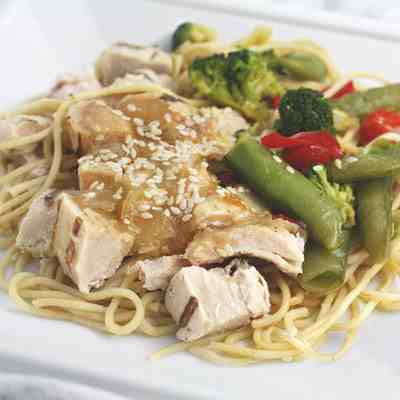Renal Diet: Why Cutting Back on Sodium is Important

Regardless of whether you have kidney disease or not, you should be limiting your sodium intake. The standard Western diet is extraordinarily high in sodium, and many of us consume far more than the daily recommended intake. However, sodium is especially critical to pay attention to if you have renal disease.
Sodium and Kidney Disease
Sodium directly affects fluid levels, which individuals with kidney disease need to be cautious of. Sodium draws more fluid into the blood, increasing blood volume and therefore, blood pressure.
High blood pressure increases the risk of heart disease and stroke. High blood pressure is also one of the leading causes of chronic kidney disease (CDK), so it is both a cause and effect.
Sodium intake also makes you feel thirsty. If you’ve ever finished a bag of chips and woken up the next day feeling puffy and dehydrated, you’ll know the feeling! However, the more fluids you drink, the more fluid in the blood that your kidneys have to filter through.
Too much fluid in the blood can overwhelm the kidneys, which cannot work at full capacity. Kidney disease also impacts the kidneys’ ability to remove excess sodium.
Lower Your Sodium Intake
So, how can we decrease sodium intake? Sodium is in more than just table salt. Limit your intake of salty foods, such as soy sauce, cured deli meats, olives, and processed foods.
Switch to low-sodium options for your favorite chips, snacks, and soups. Instead of salting your food, add some fresh lime juice — it makes for a refreshing substitute! MagicKitchen.com offers low-sodium meals readily delivered to your door, so you don’t have to worry about the numbers.
Most of these low-sodium renal diet meals contain less than 500mg of sodium. The recommended daily sodium intake is no more than 2300mg, but individuals with renal disease should have no more than 2000mg.



 INSURANCE CUSTOMERS CLICK HERE!
INSURANCE CUSTOMERS CLICK HERE!
